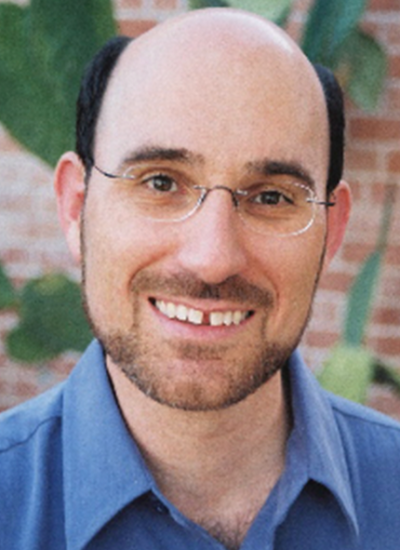John D Kececioglu
Work Summary
John Kececioglu's research is in applied algorithms, with an emphasis on bioinformatics and computational biology, including: multiple sequence alignment, inverse parametric alignment, sequence assembly, and genome rearrangement. Software developed by his group includes Opal, a tool for multiple sequence alignment, Facet, a tool for alignment accuracy estimation, InverseOpt, a library for inverse parametric optimization, Ipa, a tool for inverse sequence alignment, and AlignAlign, a tool for optimally aligning alignments.


